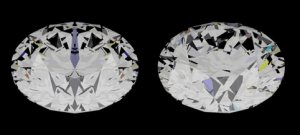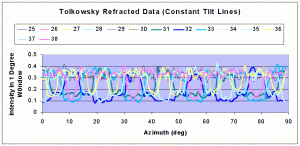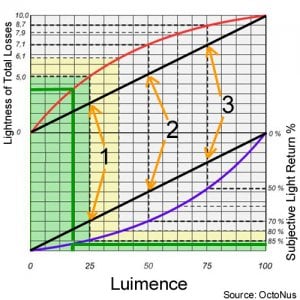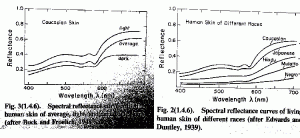- Joined
- Aug 15, 2000
- Messages
- 19,235
Just spoke with Marty.
These two views of the same diamond with a 15 degree rotation are an attempt to describe the variations in light return that result from different view points.
With various degrees of roation of the diamond, or by moving my viewing position from facing the girdle to facing the table - the two different charts show the effect.
There fore marty likes the GIA averaging approach.

These two views of the same diamond with a 15 degree rotation are an attempt to describe the variations in light return that result from different view points.
With various degrees of roation of the diamond, or by moving my viewing position from facing the girdle to facing the table - the two different charts show the effect.
There fore marty likes the GIA averaging approach.








300x240.png)